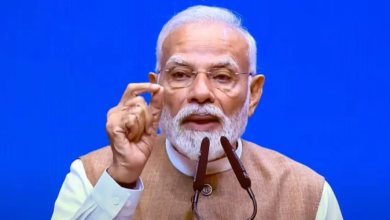Why Is the BBL Season Going to Be Shorter Next Year?

Starting from the 2023/24 season, the men’s Big Bash League will now feature a reduced fixture list of just 40 regular season matches, followed by a trio or quartet of finals. The decision was announced by Cricket Australia earlier this year, who had initially planned to effect the changes from the 2024/25 season but have accelerated the transition by 12 months.
That means that cricketing fans who like to check the BBL live score in 2023 will be able to do so entirely during the Christmas holidays in Australia. But why, exactly, have the powers that be made the switch? We take a closer look at the very valid reasons behind the decision below.
Enhanced excitement
When the BBL competition changed its format to a 14-game home-and-away season in 2018, there was a general feeling that the competition had become a little drawn-out and bloated. Indeed, something similar appears to be happening in the world of soccer at the present time, with the European Championships recently expanded to include more teams and both the Champions League and the World Cup soon to follow suit.
That has led to criticism among fans that the organizers are prioritizing financial revenue over player safety and spectator enjoyment. Cricket Australia should be lauded, then, for shunning potentially higher revenues in favor of a tournament that’s snappier, spicier and more succinct. With fewer games on the calendar, each one matters more.
Better attendances
Of course, having more games doesn’t necessarily translate into higher revenues, as the venues which have hosted the BBL competitions over the last few years have found out. The Covid-19 pandemic obviously had a disastrous impact on gate receipts, but even prior to its outbreak at the beginning of 2020, in-match attendance figures had been falling for some time. In 2021/22, the Melbourne Cricket Ground (MCG) drew a crowd of just 5,802 people for a double-header, the lowest-ever attendance at a BBL match. Just six years earlier, over 85,000 had thronged into the arena for a local derby.
So, what should be done when demand falls? Cut back the supply, of course. That’s simple economics and it underpins the logic behind the reduction in the BBL calendar. With fewer games to watch, the ones that remain will gain in prestige and – hopefully – draw a bigger following from cricket fans in their vicinity. What’s more, the fact that the competition will now take place in its entirety within the Christmas holidays means that people are more likely to have the time to go to more matches, too.
Stronger star power
The issue of availability extends beyond spectators, too. As a one-off tournament taking place in the Australian summer, the BBL must fit in with the schedules of other domestic leagues around the globe. However, its expanded format had made it the longest competition of its kind other than the Indian Premier League (IPL).
That had made it tricky for the biggest stars of the sport to make themselves available for all of the games in the calendar without risking burnout. As such, shortening the fixture list greatly enhances the chance that overseas stars and domestic white-ballers alike will be able to appear in a higher proportion of BBL matches without foregoing their club commitments.
At the pinnacle of its powers in 2016, the BBL was seen as the most exciting and most fashionable sporting event in Australia. Six years on, its popularity has flagged somewhat – but the reduction of the men’s competition should hopefully rejuvenate the tournament and bring back what made it so enjoyable in the first place.







